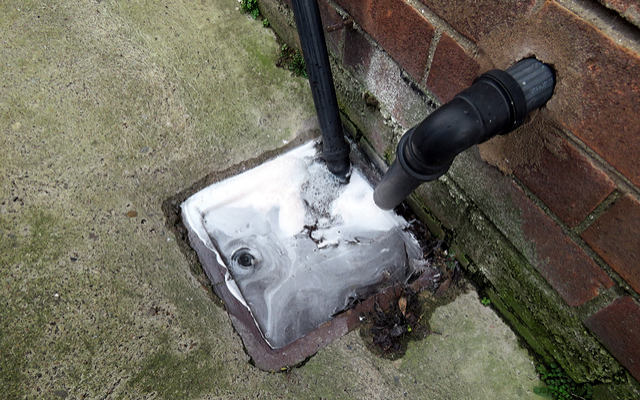
Drains are an integral part of any home’s water system. Drains prevent clogging and blocking of the water system by ensuring wastewater leaves the system effectively.
Drains are more than a series of pipes that drain wastewater. Without them, you are at a risk of contracting waterborne bacteria.
So how do drains work? Essentially, drainage systems are not pressured dependent like supply systems. Drains depend on gravity to push down waste from the house downwards through the pipes to the septic tank. Drains are constituted of various components such as vents, traps and cleanouts which work harmoniously to ensure a smooth flow of waste.
Here’s a breakdown of how each drain component works:
Air Vents
At the very top of the drain system is an air vent which is visible on the top of many buildings. The vent relieves the vacuum created in pipes which interferes with water flow. Once this vacuum is relieved water can flow freely without any clogging or blocking. For rooms with larger flows of water such as bathrooms and kitchens, the vent should be larger in diameter to effectively relieve the vacuum.
Traps and clean outs
Besides the air vent, drains too have another vital component called the air trap. The air trap is located below sinks, toilets and floor drains. Usually, it is a U shaped pipe that prevents reverse flow of air from the drain. Sewer gases are hazardous and have a bad odour. However, with a perfectly working air trap, these gases can’t find their way back into the house. Bathtubs are fitted with drum traps to prevent bad odour from working its way back into the bathroom and also to collect hair and dirt in the drain. Kitchens are fitted with grease traps which collect grease which causes most kitchen blockages. Traps are fitted with cleanout plugs that allow you to have easier access to unblock any blockage caused by hair or grease.
What makes traps not to work sometimes?
If the trap is not working properly, check if the air seal is missing. Normally, air seals will be absent in drains that have not been used for long or if the air vent develops a leak. During winter air vents are filled with antifreeze which prevents freezing and bursting. In a nutshell, traps are an integral component of any drain as they prevent bad odour from coming out of the drain.
The above drain components are referred to as the drain-waste-vent system. They must work together in unison to ensure waste exits your house effectively. In the event one of the components is not working well, it is advisable to seek the services of a professional plumbing company to address the issue.
At Speedy Jet Drainage, we provide quality drainage services to the residents of London, Kent, Sussex, Surrey and Essex. We have over a decade of experience in the industry which guarantees our commitment to quality. Our quick response time has enables us to address emergency situations and prevent any damage.
We have no call out charges, contact us today for bespoke drainage services.

